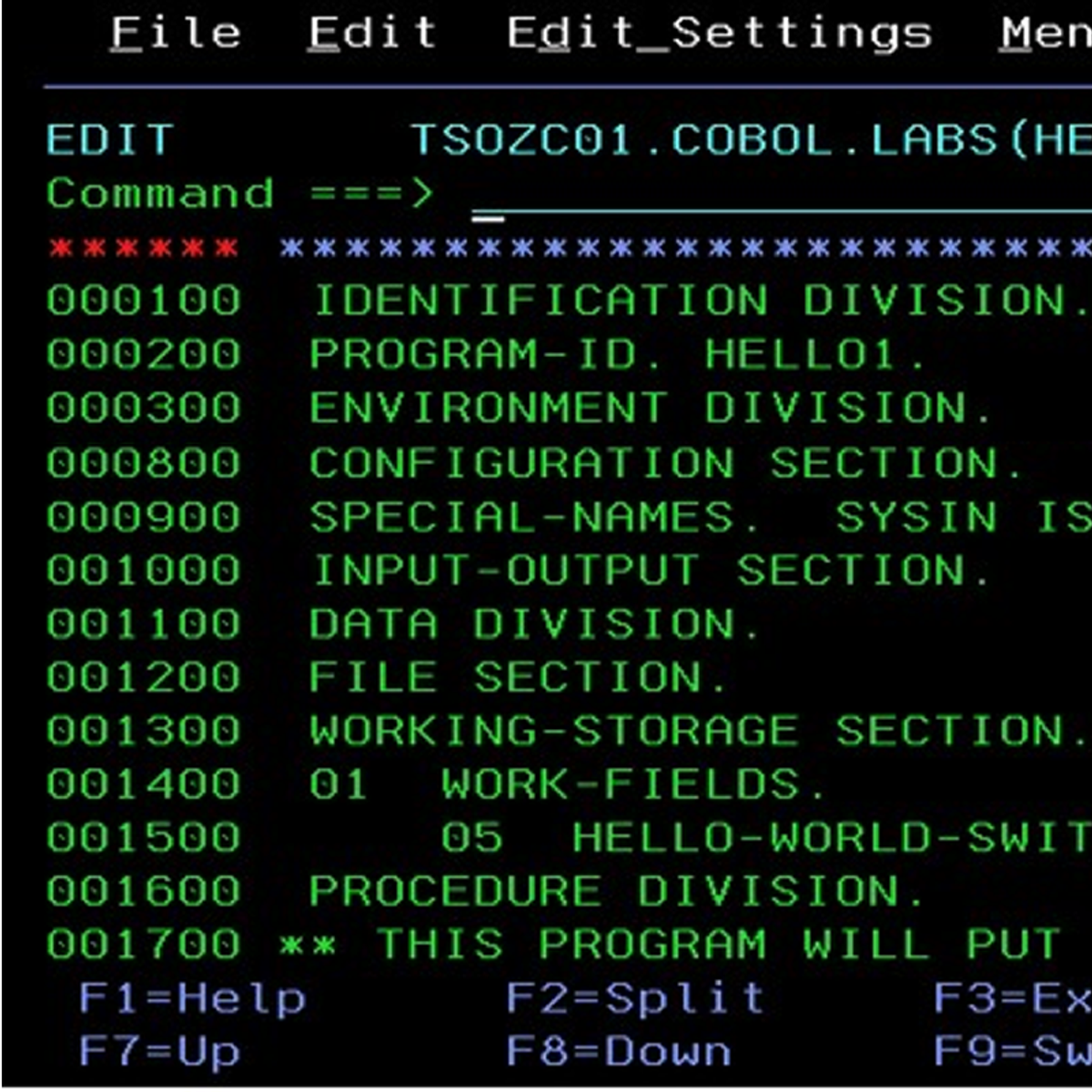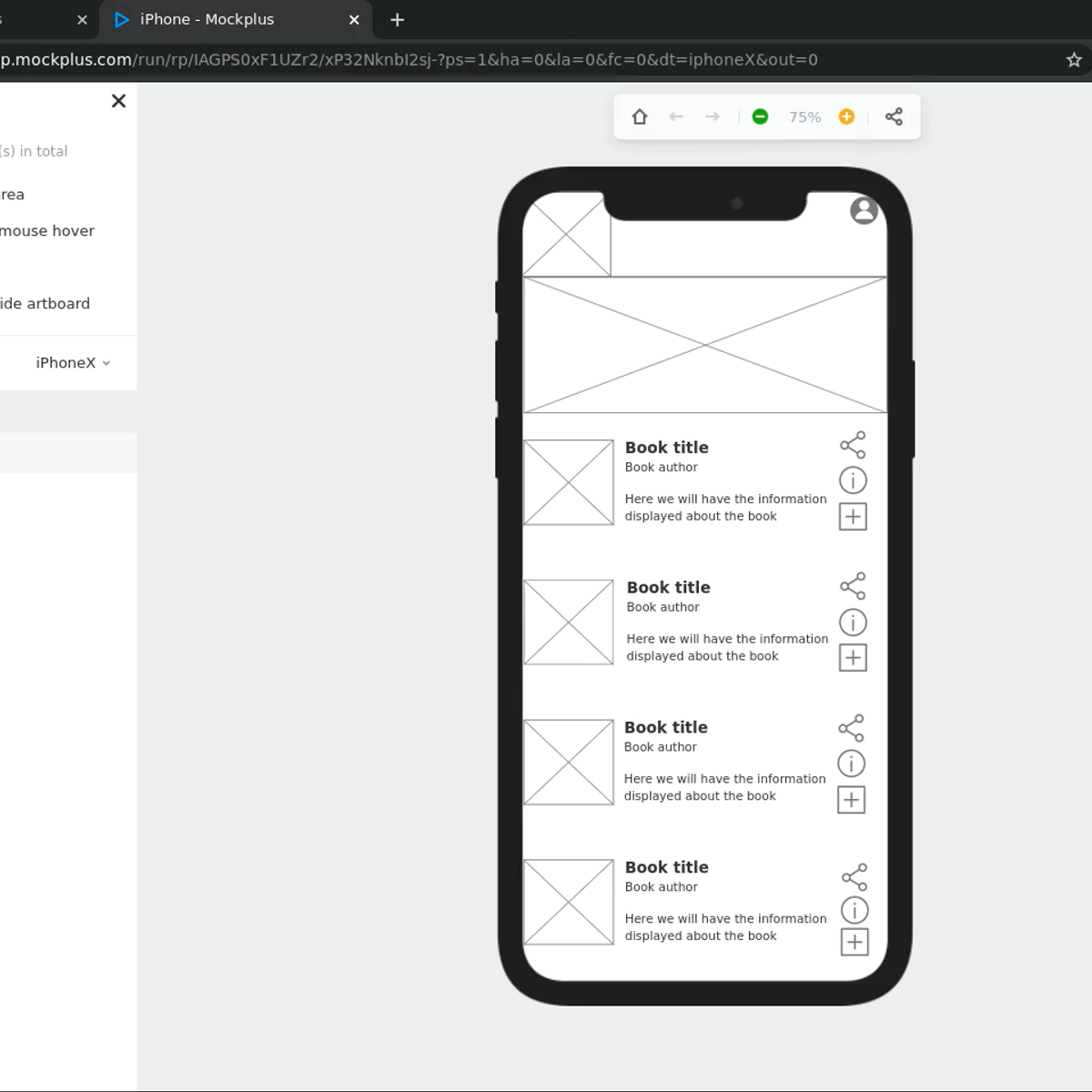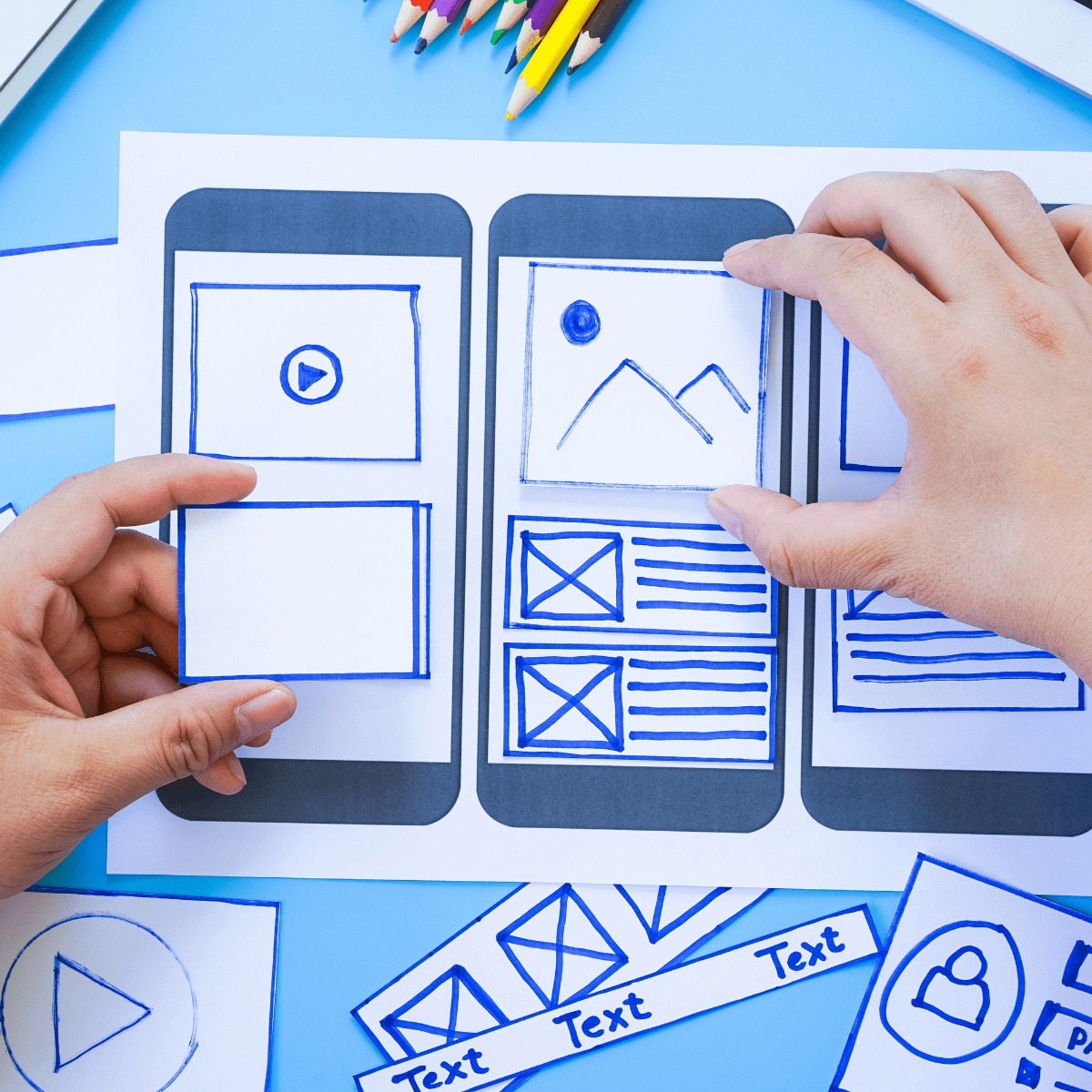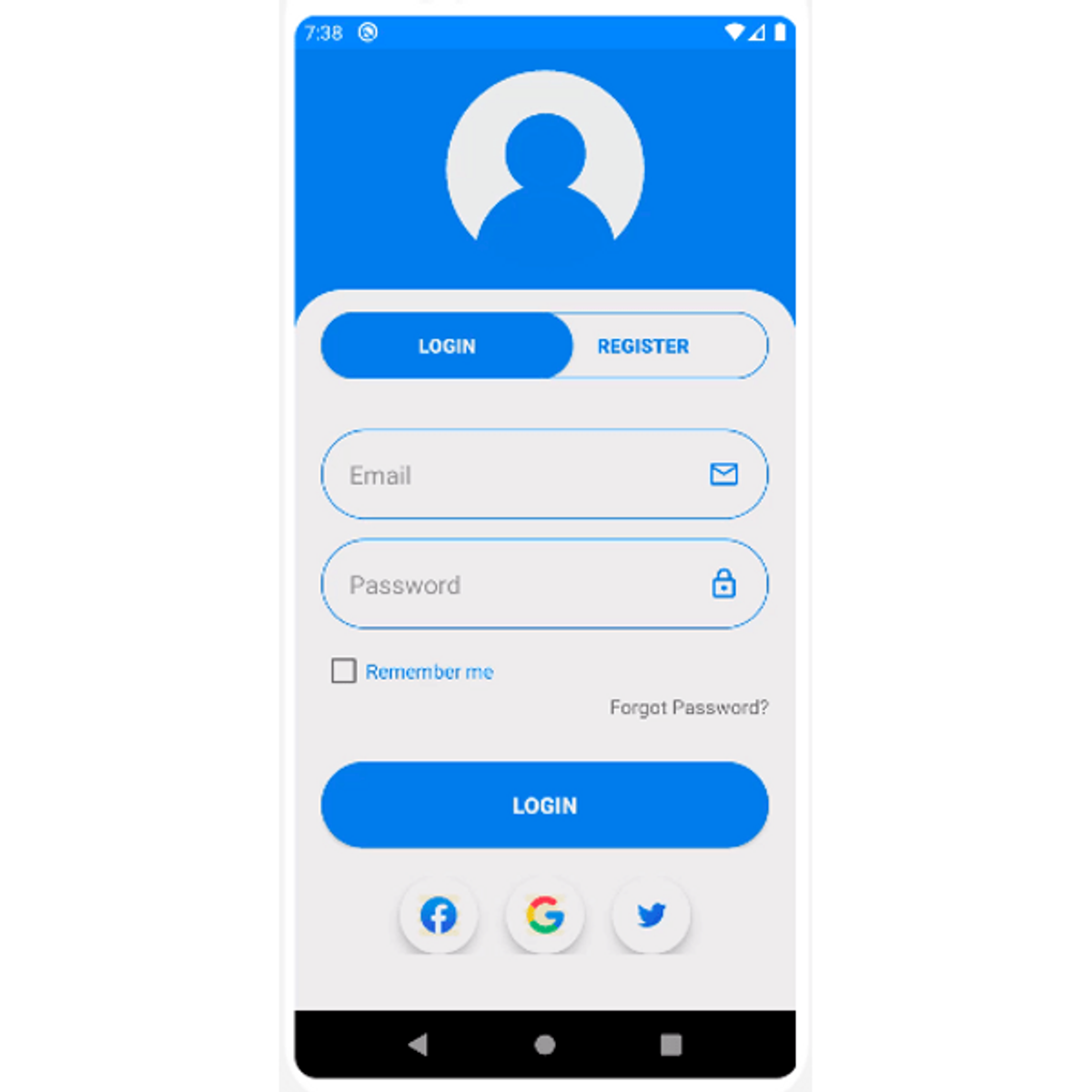Back to Courses









Design And Product Courses - Page 42
Showing results 411-420 of 512

IBM COBOL Software Development Process
This course is geared towards anyone interested in learning about IBM, COBOL, mainframe computing, and the Software Development Lifecycle (SDLC) and increasing their knowledge and hands on experience with core concepts and technologies including life cycle and systems analysis concepts, design and structured coding, and a wide variety of topics designed to provide relevant, requisite working knowledge and practical experience.

Introduction to Budgets in Microsoft Azure Cost Management
By the end of this project, you will create Budgets in Azure Cost management scoped to both Subscriptions and Resource Groups. You will also create a budget using an Azure Resource Manager (ARM) template and examine Cost Analysis and Alerts.
An Azure account will be required to complete the tasks within this project and the steps required to create an account are detailed at the outset of the project.
It should be noted that dependent on your new or existing Azure subscription that some features that will be enabled during this project are dependent on Azure making these features available in the Portal once activated. This may require that the project be paused as features such as Cost Analysis will not become available immediately.
If you enjoy this project, we'd recommend exploring the Microsoft Azure Fundamentals AZ-900 Exam Prep Specialization: https://www.coursera.org/specializations/microsoft-azure-fundamentals-az-900

Build a Database from a Relational Model
In this course you will interpret the components of a relational data model, convert that model into a relational database, and then test the database design. The process of database design begins with requirements analysis to determine who will use the new database and how it will be used. The results of the detailed analysis are recorded in an Entity Relationship Diagram (ERD), which documents entities and their attributes, along with the relationships between entities. The ERD (logical design) is then converted into the Relational Model, which serves as the blueprint for the actual creation of a database in a database management system. By the end of this course, you will have used a blueprint—a Relational Model—to create a database using SQLiteStudio. In addition, you will have developed test data and queries to validate the database design represented by the Relational Model.
Note: This course works best for learners who are based in the North America region. We’re currently working on providing the same experience in other regions.

Draw an interactive wireframe in Mockplus
In this 2-hour long project-based course, you will learn how to create an interactive wireframe for a social book reading app with Mockplus, drafting an interaction flowchart in connect mode, drawing the wireframe with multiple components, adding interactive elements, grouping, ordering and aligning the components on screen with the aid of grids and guides, and finally previewing and testing.

Game Developers and Esports Organizations
Before you can have an Esport, you must have a video game to play and a game developer to design it. This course is dedicated to discussing game developers and their relationship with their respective Esport. The content will help you recognize the qualities a video game must have to become a successful Esport. We will examine the diagram demonstrating the various competitive structures commonly found in Esports.
Esports, just like traditional sports, have their own professional organizations. These organizations strive to become successful businesses that win, make a profit, take care of their professional players, and attract a large audience. We will explore the factors that contribute to an Esports organization’s success, including branding, positioning, structuring the organization and funding sources.

Dialogflow CX: Enable IVR Features for your Voice Agent
This is a self-paced lab that takes place in the Google Cloud console. Build a conversational agent that include IVR features that Dialogflow CX provides.
Dialogflow CX provides a simple, visual bot building approach to virtual agent design. For a full voice experience, your Dialogflow CX Agent can be integrated with various conversational platforms, including telephony providers. In this lab, you'll explore these Interactive Voice Response (IVR) features as well as two additional features - conversation repair and Speech Synthesis Markup Language (SSML) - that help end users feel as though they're having a natural, interactive, and cooperative conversation.
This lab will show you how to enable various IVR features, but you will only be able to test some of them with the Dialogflow CX Phone Gateway. Features like DTMF (Dual-Tone Multi-Frequency) and Barge-in (where the user can interrupt the bot) are not supported in Dialogflow Telephony and can only be tested with your telephony provider.
In this lab you will continue building a conversational agent, exploring and adding the IVR features that Dialogflow CX provides.

Create professional mockups on Moqups
During this project, you will be able to discover Moqups, a website that will allow you to create professional mockups, quickly and easily. You will be able to create various mockups for any type of professional project, which will allow you to visualize your information.
This project is intended for people and professionals wishing to visualize data through mockups, diagrams, prototypes of all kinds.

Esports Management Capstone Project
We will analyze the pros and cons of creating a single or multiple Esport organization and recommend an effective branding strategy for a hypothetical Esport organization based on current Esport branding considerations.
You will develop a plan for recruiting funding resources for a hypothetical Esports organization and choose an Esport organization role of interest, other than Owner, and describe your reasoning.

Design a Login/Register UI in Android using Linear layout
In this 1-hour long project-based course, you will learn to design a Login/Register UI page in Android using Linear Layout. You will learn to design login and register page ,learn to use Linear Layout, import all the necessary vector asset icons ,create background for buttons, style the page, switch between the activities and lastly you will learn to build the apk file and simulate the app on an online android emulator.
Basics of Android design concepts is required.
Note: This course works best for learners who are based in the North America region. We’re currently working on providing the same experience in other regions.

3D Models for Virtual Reality
This course will begin your journey to creating Virtual Reality experiences. A Virtual Reality experience is a new world that you step into and are entirely immersed in. Creating a VR experience means creating that world and all the objects in it.
In this course you will learn the basics of 3D graphics: how we create objects and how to lay them out to create an environment. You will learn techniques like materials and texturing that make your objects appear realistic. You will also learn about audio techniques to ensure that your experiences sound great as well as looking great. In all of these topics we will pay attention to the particular requirements of Virtual Reality, including pitfalls and performance issues: making sure your environment runs fast enough in VR.
You will learn all of this using the professional game and VR engine, Unity3D. Unity is one of the most used game engine and is a relatively easy, but fully featured, introduction to 3D development.
The course will culminate in a project in which you will create your own VR scene. VR development is something you can only learn by doing it yourself, so working on your project will be the best way to learn.
Popular Internships and Jobs by Categories
Browse
© 2024 BoostGrad | All rights reserved


